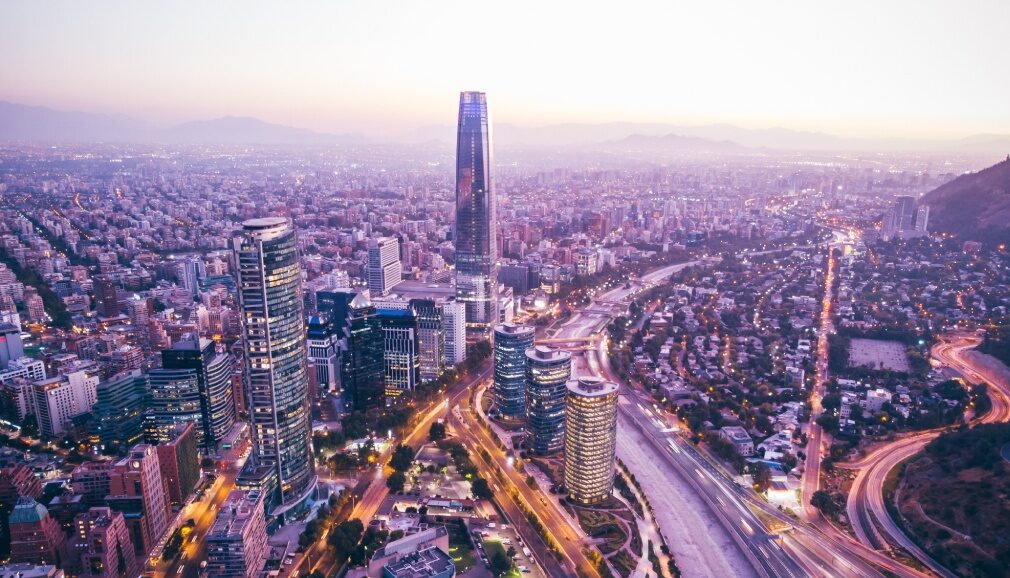
Essential information

Accumulated foreign investment reached US$11.44 billion as of August 2024

- According to InvestChile’s analysis, the accumulated figure for the first seven months of the year is 10% higher than the average for the historical series (2003-2024).
This morning, the Central Bank reported foreign direct investment (FDI) figures as of August, revealing that in the first eight months of 2024 the country received a net flow of US$11.44 billion, which is 17% higher than the average for the January-July period in the last two decades (since 2003).
In August alone, US$2 billion in foreign direct investment entered the country.
However, the accumulated figure represents a 32% decrease compared to last year’s flow on the same date. This is due to the high base of comparison, considering that between January and August 2023, accumulated FDI reached US$16.77 billion. In annual terms, 2023 registered a total figure that was the highest in the last nine years.
The most important component of the accumulated cash flow through August this year is profit reinvestment at US$5,581 million, followed by trade-related lending at US$2,333 million and finally shares in equity capital at US$2,104 million.
The Central Bank reported that the figures will be reviewed on November 18.
Dynamic sectors
As a result of the high base of comparison, “2024 will be a challenging year for foreign investment in our country,” according to InvestChile director Karla Flores. In this regard, the authority emphasized that Chile is an important player in sectors that will be fundamental for the challenges associated with climate change and decarbonization, which helps foreign investment in the country to maintain an important dynamism.
“Green hydrogen is a cornerstone of the global strategy to reduce carbon emissions and combat climate change. Our country already has more than 50 green hydrogen production projects in various stages of development. These already involve foreign investment, which we hope will continue to grow. The case is similar for lithium and critical minerals, which are essential for the creation of storage batteries, where we are working on disseminating the opportunities offered by Corfo and Codelco,” said Flores.







